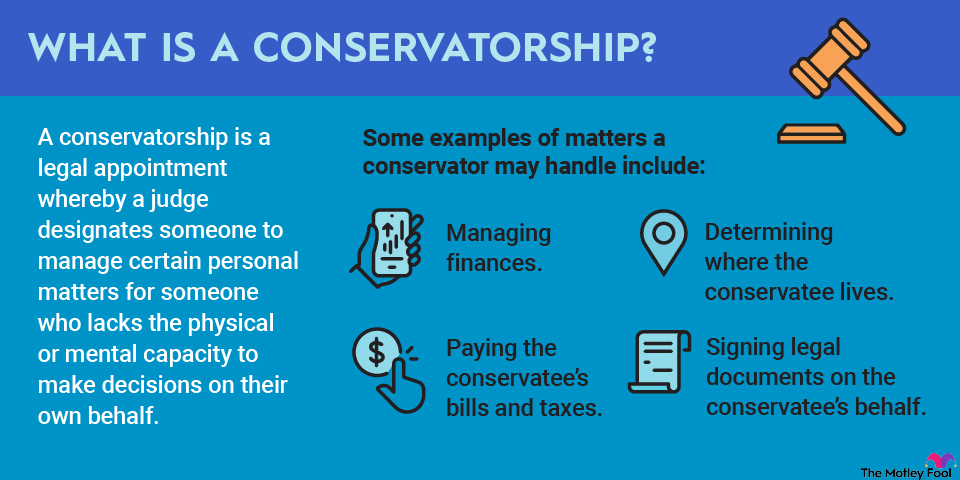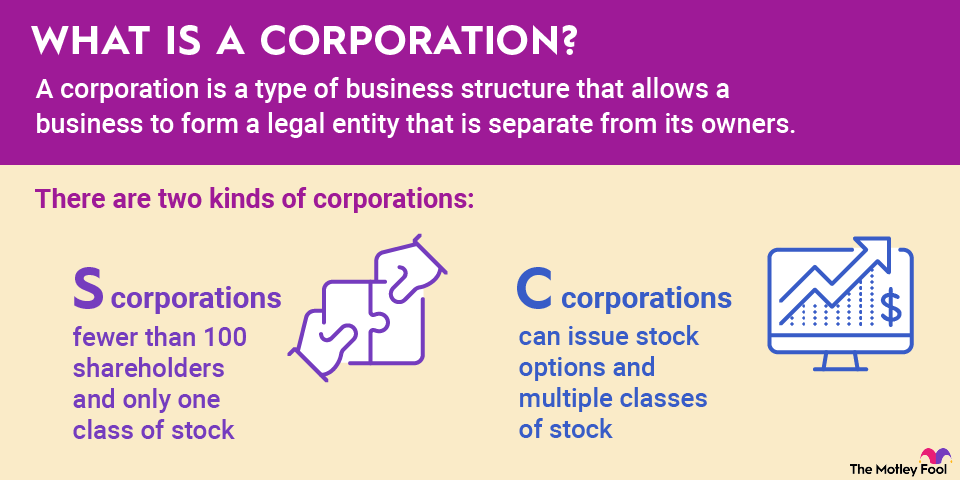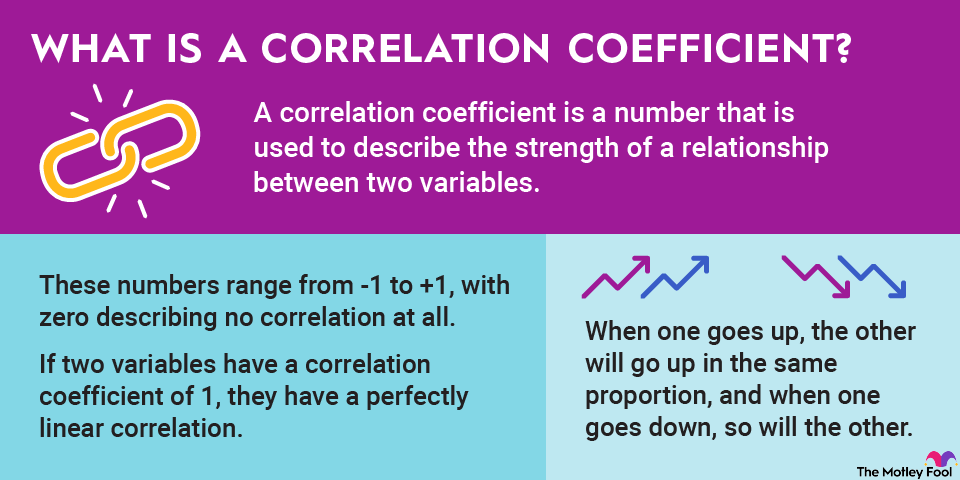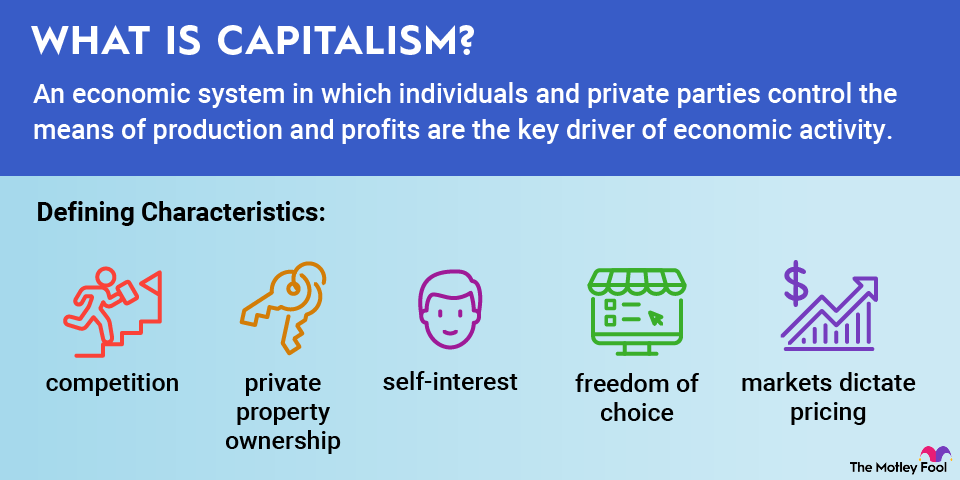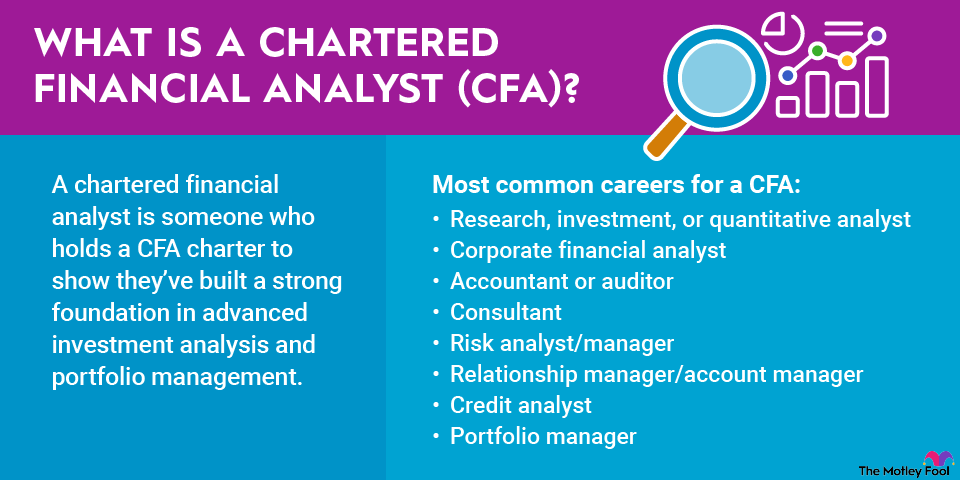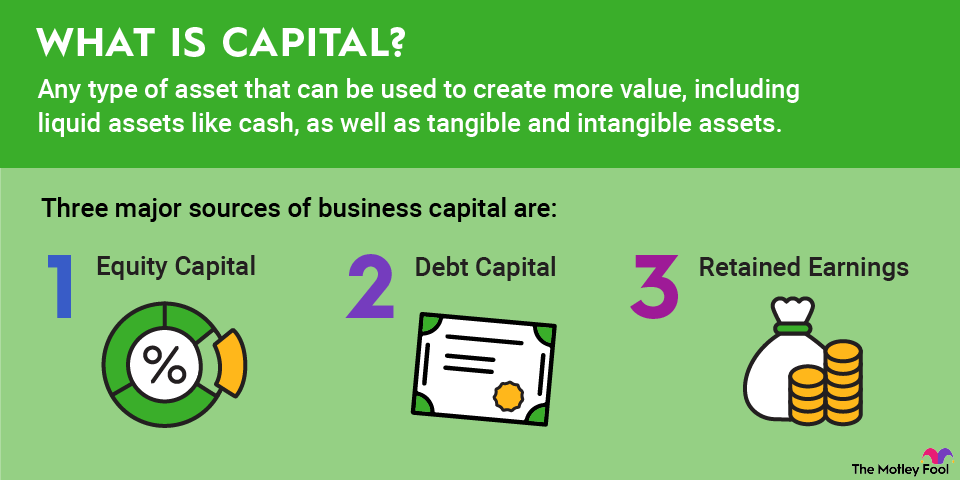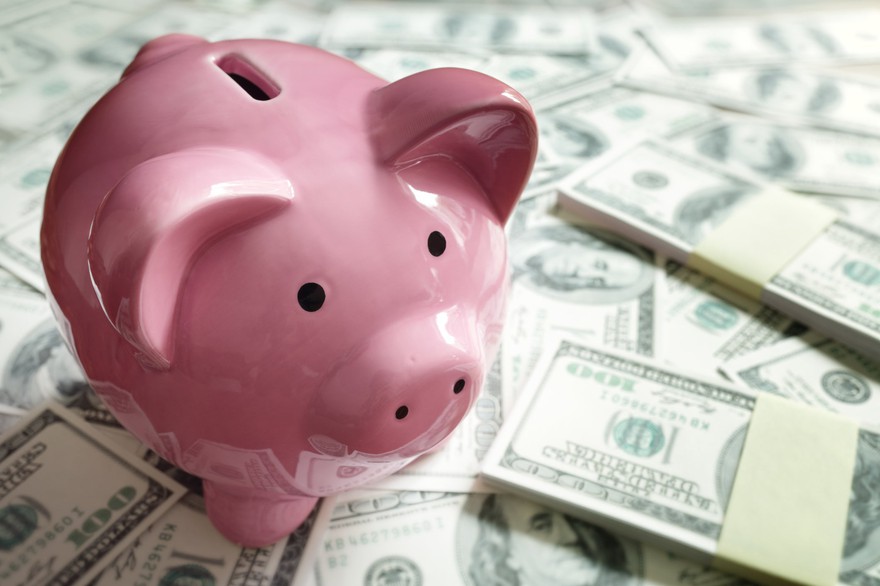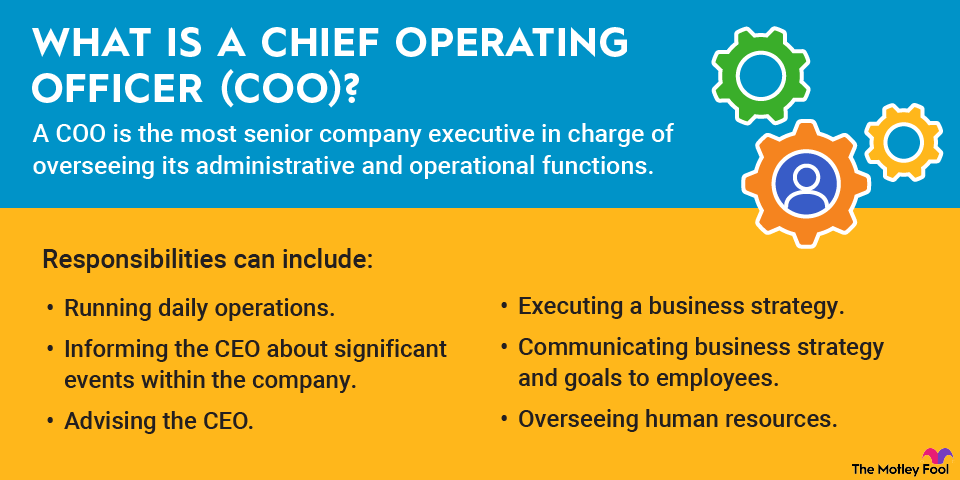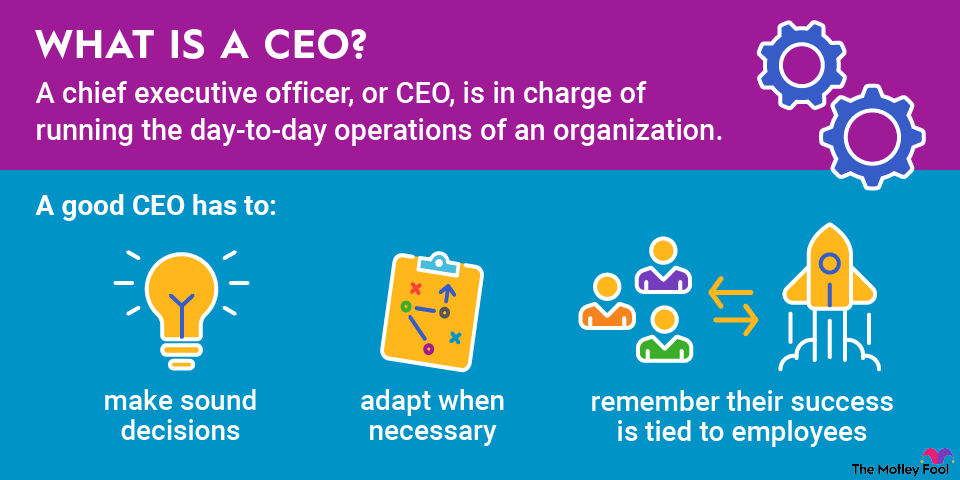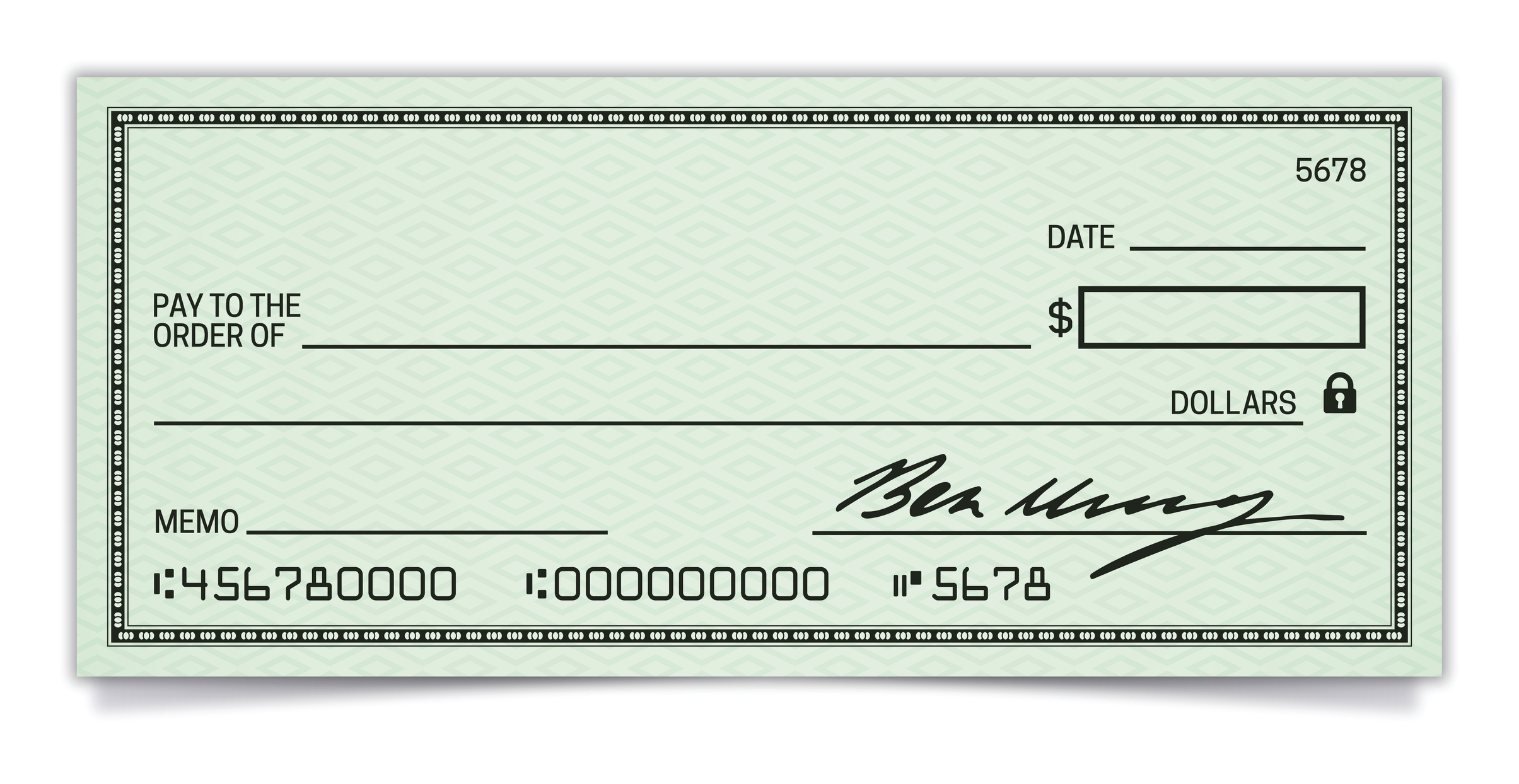Terms like "conglomerate" pop up frequently in the business world. The word is often accompanied by hefty figures and complex corporate structures.
But what exactly is a conglomerate?
Let's strip down the complexity of a familiar term to find a clear definition. You'll also see the role conglomerates play in the local and global economy and how this understanding can aid your investment strategies.


How should investors treat conglomerates?
For investors, understanding conglomerates' strengths and weaknesses is crucial. Here's what you can do with this knowledge:
- Assess stability versus innovation: Conglomerates often boast financial robustness due to diversified revenue sources. However, their large size can hinder rapid innovation, unlike more focused firms that can pivot quickly in response to industry changes.
- Consider the management quality: Effective management is critical in steering the colossal ship of a conglomerate. Investors should look at the track record of the company's leadership in managing its diverse businesses.
- Diversification in your portfolio: Investing in conglomerates can be a strategic decision for diversifying one's portfolio, but the portfolio should be balanced with investments in companies with high innovation potential. Yes, you can even diversify your actual diversification bets.
A familiar success story: Berkshire Hathaway
Warren Buffett's Berkshire Hathaway (NYSE:BRK.A) (NYSE:BRK.B) is a textbook example of a successful conglomerate.
What started as a small textile manufacturer in Rhode Island became the basis of a multi-industry business empire under Buffett's control. The master investor turned Berkshire's failing textile business around, using its cash profits to acquire the National Indemnity insurance company in 1967.
A handful of smaller buyouts followed in the retail industry and various manufacturing businesses. And, of course, Buffett picked up several insurance operations along the way, the crown jewel being the auto insurer we now know as GEICO. Berkshire closed down its last textile operations in 1985 in the middle of a furious buyout binge.
Related investing topics
The Berkshire Hathaway you see today has very little in common with the old textile mill owner. With operations ranging from consumer goods and major railroads to home construction and fast food, Berkshire Hathaway built its gigantic market footprint around the investing genius of Buffett and longtime partner Charlie Munger.
The company also makes large investments without taking full control of the target company. Its largest noncontrolling investment, by far, is a $156 billion stake in Apple (AAPL +0.20%).
You can't get much more diverse than Berkshire Hathaway's brand portfolio, and the resulting conglomerate was one of the most valuable stocks on the U.S. market in 2024.
